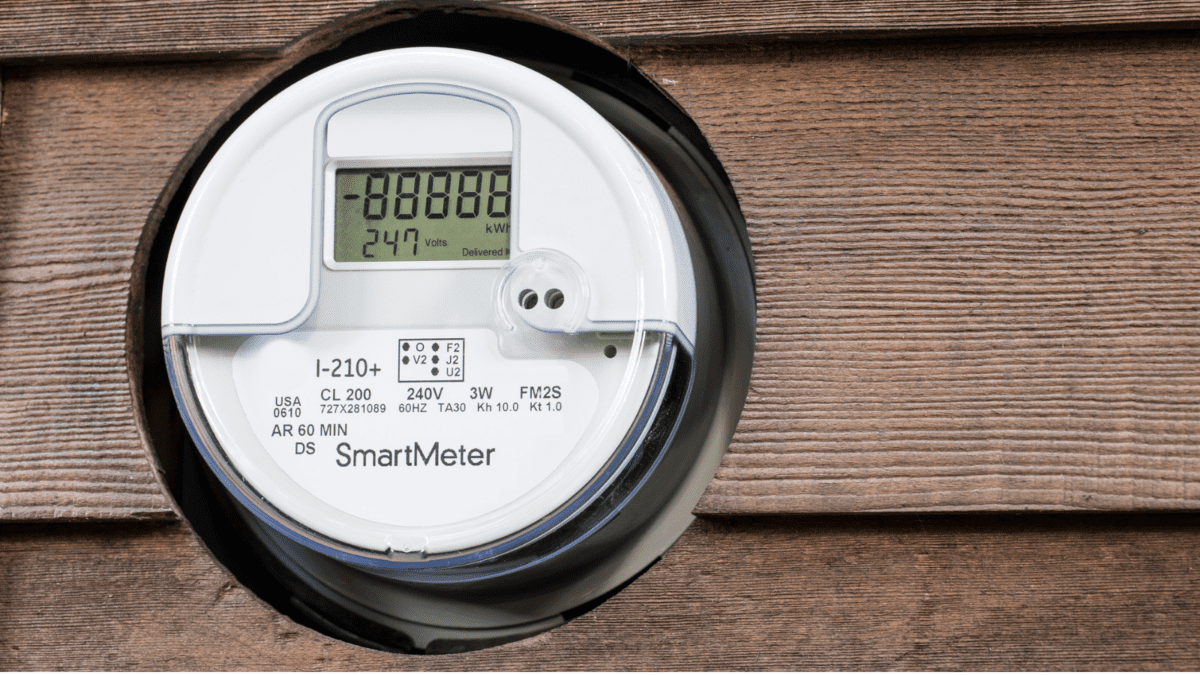All eyes on RBA’s next move after inflation pickup in November
Inflation rose again in November after a dip the previous month, returning to an annual rate of 7.3 per cent – the highest since 1990 – as pressure from elevated housing and food costs persisted and the effects of rising interest rates continued to flow through to consumers.
In its monthly consumer price index (CPI) for the year through November 2022, the Australian Bureau of Statistics (ABS) said the increase was driven by a 9.6 per cent increase in housing prices, reflecting high labour and material costs. It also cited food and non-alcoholic beverages, which increased in price by 9.4 per cent in the year through November, and transport, which saw a 9 per cent increase, as major contributors to the increase.
The index is slightly above market expectations that the figure would increase to 7.2 percent in November. The underlying (trimmed mean) CPI indicator rose to 5.6 per cent, compared with market expectations of 5.5 per cent. And headline CPI rose 0.8 per cent month-over-month in November.
The figures come after October’s CPI report showed inflation slowing to an annual rate of 6.9 per cent, dashing hopes inflation would begin to slow as interest rate hikes take effect and returning to the decades-long record highs notched in September. The ABS said the index demonstrates inflationary pressures remain strong, with costs for household equipment and services and for recreation and culture also creeping up.
“The housing group was the main contributor to the annual increase in the November monthly CPI indicator,” said Michelle Marquardt, ABS’ head of prices statistics. “High labour and material costs contributed to the annual rise in new dwelling prices (+17.9 per cent), although the rate of price growth for new dwellings has eased compared to the 20.4 per cent annual rise seen in October.”
A 7.3 per cent price increase for meals and takeaway food drove the rise in food and non-alcoholic beverages prices, which remain elevated compared with the year ending November 2021, the ABS said. “Increasing operating costs, including wages, electricity and weather-affected reductions in food supplies, continued to drive prices up,” Marquardt said.
“In the transport group we saw some flow-on impact from the restoration of the Australian government’s fuel excise in November’s higher automotive fuel prices,” she added. “These rose 16.6 per cent in the year to November, up from 11.8 per cent in October.”
Higher prices for furniture stemming from higher freight and raw materials costs contributed to an 8.4 annual CPI increase in the furniture, household equipment and services group, and prices related to recreational and cultural activities were up 5.8 per cent. The ABS noted that the latter category saw “several strong annual movements” in prices for holiday travel and accommodation in the past year, as the industry continued its COVID-19 recovery, ending November with a 12.8 per cent annual increase, the second highest since the ABS began the monthly CPI data series in September 2018.
“November’s monthly increase of 4.3 per cent for holiday travel and accommodation departs from the falls usually seen in November following the September and October school holiday period,” Marquardt said. “High jet fuel prices combined with strong consumer demand in November pushed airfare prices up, with accommodation prices also rising.”
In a comment after the release, HSBC chief economist Paul Bloxham said that while the headline statistics appear to support the case for further rate hikes by the Reserve Bank of Australia, it is not a foregone conclusion.
“The CPI indicator is high, but still not as high as the RBA was forecasting for the quarterly figures in its most recent official forecasts back in early November,” Bloxham wrote.
“In addition, although the [year-over-year] rates are high, the three-month-ended figures have almost certainly peaked,” he added. “On the inflation front alone, the global backdrop is also continuing to help, [and] shipping costs and durable goods prices have continued to fall.”
Bloxham also noted that the increasing focus in Australia on Black Friday sales is “playing havoc with the seasonal factors” and said HSBC doesn’t see the November CPI release as decisive.
“There are still a few more pieces of data yet to come that will play a role.”









